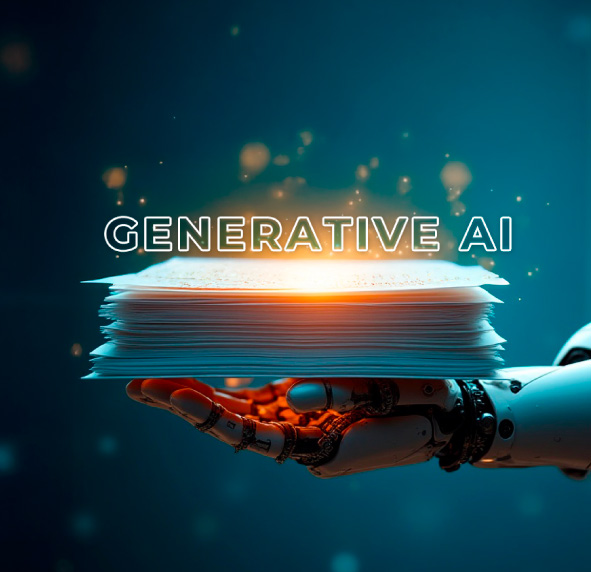The Client
With a strong presence in over 90 countries, numerous local agencies, and several branches across Europe, the client is a European leader in designing and developing cutting-edge solutions in the HVAC industry.
The Challenge
The main challenge was to find a solution capable of accelerating customs clearance processes, which typically required long processing times, difficulty in maintaining consistent quality standards, and a high risk of human error, as well as limiting the ability to scale the process efficiently.
The objective was to optimize a business process previously managed manually, which involved significant time and resource consumption, aiming to deliver results in minutes that used to require several hours of work.
The key elements we focused on to develop the Generative AI-based solution were:

The Solution
Omnys developed a set of APIs on AWS leveraging the generative artificial intelligence capabilities of Amazon Bedrock. The system processes data asynchronously and efficiently using Lambda functions, making the architecture lean, scalable, and automated.
When a new document arrives, the system automatically activates the generative model, which extracts and identifies with very high precision all relevant entities (such as codes, descriptions, values, and references), even from complex or unstructured formats.
Compared to traditional OCR approaches, the solution we implemented offers superior semantic understanding and much higher adaptability.
Key advantages include:
OCR & Amazon Bedrock
For this client, we fully leveraged Amazon Bedrock to optimize complex OCR processes.
Unlike traditional approaches, often limited to mechanical, deterministic text extraction, we used LLM models configured with advanced prompt engineering techniques and, where needed, fine-tuning based on the client's specific data to guide the semantic interpretation of documents.
This enables the model not just to read content but to understand context, recognize relevant entities, and identify relationships between data—even with complex layouts or information spread across multiple pages.
The platform is highly adaptable and capable of generalizing the extraction process across various document types (invoices, delivery notes, technical forms, certifications), while maintaining high levels of precision and reliability.
Results and Impact
These are the tangible results achieved:
Thanks to this combination of technology and expertise, we are now able to take non-uniform data obtained through OCR and transform it into intelligent, automated digital processes that integrate seamlessly with existing enterprise systems.